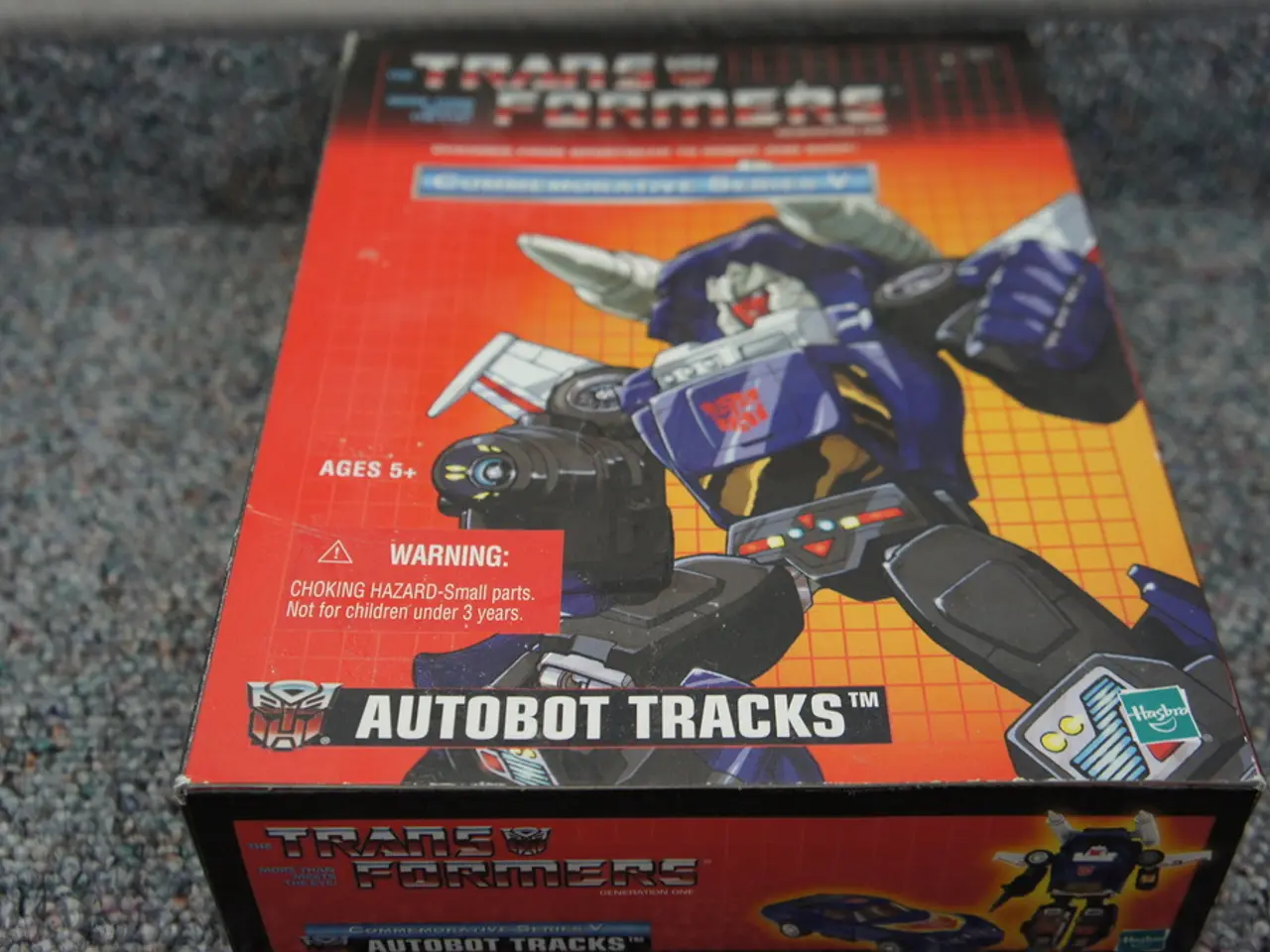Advancements in Automation: The Role of Robots and Artificial Intelligence
In a world where technology continues to evolve at an unprecedented pace, automation is once again playing a pivotal role in shaping the future. Pairing with the digital economy, automation is poised to bring about profound and multifaceted changes to the world of work and business processes.
The long-term impact of AI and robot automation is significant, with key effects including job displacement and creation, job transformation, and business process redesign. According to recent predictions, AI and automation could displace up to 92 million jobs worldwide by 2030, with sectors like manufacturing and routine cognitive jobs most affected. However, this transition is not all doom and gloom, as it is also expected to create a net gain of 78 million new jobs, driven by new roles created through technology adoption and new business models.
As AI and automation reshape jobs, workflows, and business models, they also present challenges around displacement but opportunities for growth and innovation. About 14% of employees globally (around 375 million workers) will need to change careers due to AI by 2030. However, automation tends to replace repetitive, lower-skill tasks while augmenting or creating opportunities for higher-value, creative, and strategic work. For instance, AI-powered tools are helping developers write code faster or assisting with HR functions and customer support, reducing the need for routine labor but increasing demand for oversight, management, and innovation skills.
Business process redesign is another area where AI and robotics are making a significant impact. These technologies enable more agile, customizable manufacturing, with flexible production lines adapting rapidly to personalized orders. Robots will increasingly collaborate intelligently with humans ("cobots"), improving safety and allowing human workers to focus on tasks that require creativity and judgment. Robotics advancements are also contributing to operational resilience through data-driven optimization, predictive maintenance, and sustainability via energy-efficient machines and waste reduction.
To prepare for this transition, companies are advised to invest in workforce upskilling and reskilling, adopt collaborative robotics, reimagine business models and operations, manage workforce changes transparently, and plan for continuous innovation. By doing so, businesses can remain competitive in the rapidly evolving landscape of automation.
The implementation of robots and AI can put certain jobs at risk, particularly those involving repetitive tasks. However, these systems also create new opportunities in maintaining and managing these systems. Implementing automation systems requires significant capital investments in hardware and software. To address this challenge, Robotics as a Service (RaaS) allows companies to hire robot capacity on demand, saving resources and providing necessary skills and knowledge.
Partnering with a strategic technology consultant can further help companies successfully implement AI and robot technologies into their processes. Standard Bots, for example, offer six-axis robotic arms and versatile software, making them suitable for various tasks such as welding and painting. As the future of automation becomes increasingly complex, the ideal technology consultant should have a vision for the future, the necessary skills and knowledge to implement the changes a company needs, and a commitment to lifelong learning to adapt to new technologies.
In conclusion, the future of work and business is being reshaped by AI and automation, with a focus on these technologies becoming commonplace. Companies that strategically embrace these changes through reskilling, human-robot collaboration, and smart process redesign will be best positioned for future success. To survive in the new digital economy, companies must adapt or risk being overtaken by competitors better suited to meet market needs. This transformation is being facilitated by advances in AI, robotics, and technologies like the Internet of Things (IoT). As we move forward, it is crucial for businesses to stay agile, innovative, and forward-thinking to remain competitive in the ever-evolving world of automation.
- Incorporating AI-powered tools into software development can help developers complete tasks more quickly, like writing code or handling HR functions.
- As data-and-cloud-computing continues to advance, smart-home-devices and gadgets will increasingly rely on artificial intelligence to optimize their performance and improve energy efficiency.
- With the integration of technology solutions like robotics and automation, industries governing web user interface (UI) and user experience (UX) design should anticipate enhanced collaboration between human designers and intelligent systems.
- Artificial intelligence and robotics can contribute to the reimagining of business processes by enabling more agile and customizable manufacturing, allowing for increased operational resilience through data-driven optimization.
- To remain competitive in the changing landscape of technology, companies should leverage the benefits of technology consultants, such as Standard Bots, offering versatile robotic arms and smart software, for a smooth implementation of AI and robotics in their processes.




